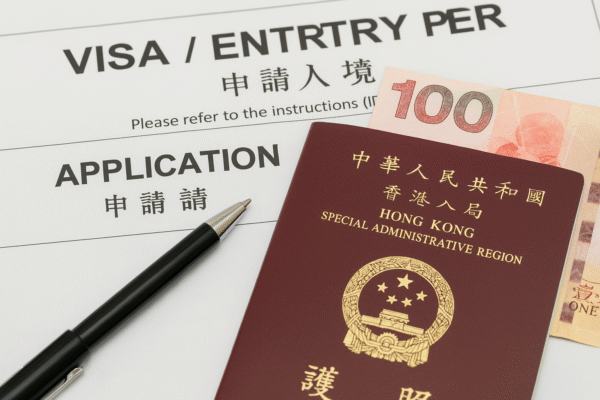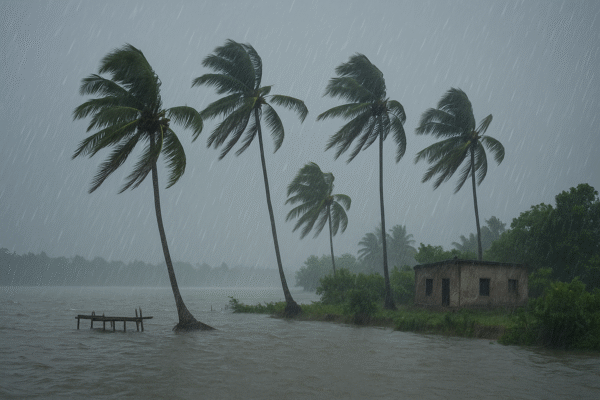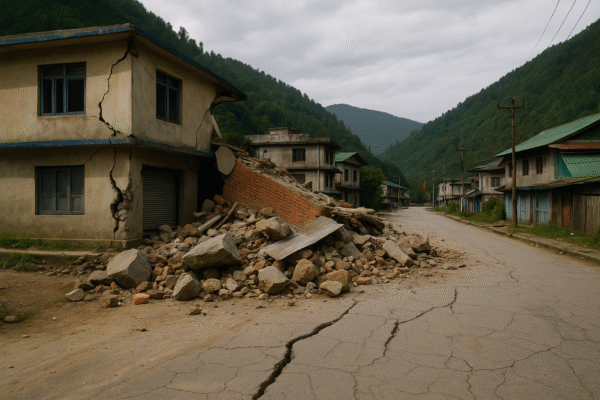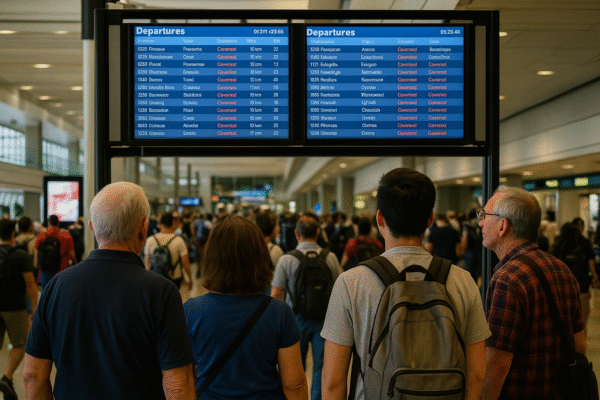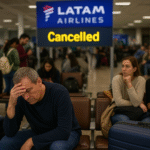Tourism across the North Atlantic has hit a snag as Icelandair and Air Iceland Connect have suspended six flights bridging Iceland, Greenland, the Faroe Islands, and Norway, triggering travel headaches for tourists navigating these scenic yet remote destinations.
What’s Behind the Disruptions?
On August 28, 2025, both airlines announced the suspension of flights involving three key airports: Keflavik International Airport (Iceland), Bergen Flesland (Norway), Vagar Airport (Faroe Islands), and Kulusuk Airport (Greenland). This move has interrupted vital links that connect these North Atlantic hotspots.
Which Flights Were Cancelled?
The affected routes include:
- Icelandair (ICE):
- ICE334: Keflavik → Bergen (scheduled mid‑morning)
- ICE335: Bergen → Keflavik (scheduled mid‑afternoon)
- Air Iceland Connect (FXI):
- FXI300: Keflavik → Vagar (late morning)
- FXI301: Vagar → Keflavik (early afternoon)
- FXI101: Keflavik → Kulusuk (early evening)
- FXI102: Kulusuk → Keflavik (later evening)
Such cancellations have severely disrupted itineraries for travelers targeting these culturally rich destinations.
Delays Compound the Issue
While Air Iceland Connect reported no delays, Icelandair flagged delays in 20 of its flights, amounting to roughly 14% of its schedule on that day. These delays, coupled with the cancellations, have amplified uncertainty for tourists.
Which Airports Are in the Crossfire?
- Keflavik International Airport (Iceland): the country’s busiest international hub
- Bergen Flesland (Norway): a key gateway to Scandinavian landscapes
- Vagar Airport (Faroe Islands): a critical air link to the Faroes
- Kulusuk Airport (Greenland): a primary access point for Eastern Greenland
All these airports have seen disruptions that potentially ripple across regional tourism.
Impact on Tourism: Short-Term Jolt in Remote Destinations
Iceland, Greenland, and the Faroe Islands are top draws for nature lovers and adventure seekers. Flight suspensions between these destinations threaten summer tourism plans—especially for travelers aiming to explore glaciers, fjords, and unspoiled wilderness. While the situation remains fluid, travel experts emphasize the importance of flexibility as airlines scramble to restore normalcy.
Adding another layer, Greenland’s travel infrastructure is inherently delicate. Icelandair itself advises travelers to build in travel buffers—like arriving a few days early or planning for extra days in Iceland post-Greenland visits—to absorb unexpected schedule changes.
What Should Affected Travelers Do Now?
- Reach Out to Airlines: Contact Icelandair or Air Iceland Connect for rebooking, refunds, or travel credits—both carriers generally help affected passengers.
- Know Your Rights: Rebooking or compensation may apply depending on the situation—and your ticket type.
- Stay Updated: Use the airlines’ apps, “Manage Booking” tools, or flight-tracking services to track changes.
- Be Flexible: Consider alternate routes—if possible, look into ferry options (e.g., from Bergen or the Faroes) or adjust your itinerary with extra buffer days.
- Pack Smart: If weather is a factor, always keep essentials and a backup plan in your carry-on.
Final Takeaway
The recent suspension of six North Atlantic flights has sent shockwaves through tourism logistics amid some of Europe’s most remote and atmospheric destinations. While the latest cancellations are expected to be short-lived, they highlight the need for travelers to stay prepared and adaptable in regions where nature often holds the reins. As airlines look to recalibrate, tourists are advised to adjust travel plans, expect delays, and explore creative alternatives to make the most of their North Atlantic adventures.
For more travel news like this, keep reading Global Travel Wire




